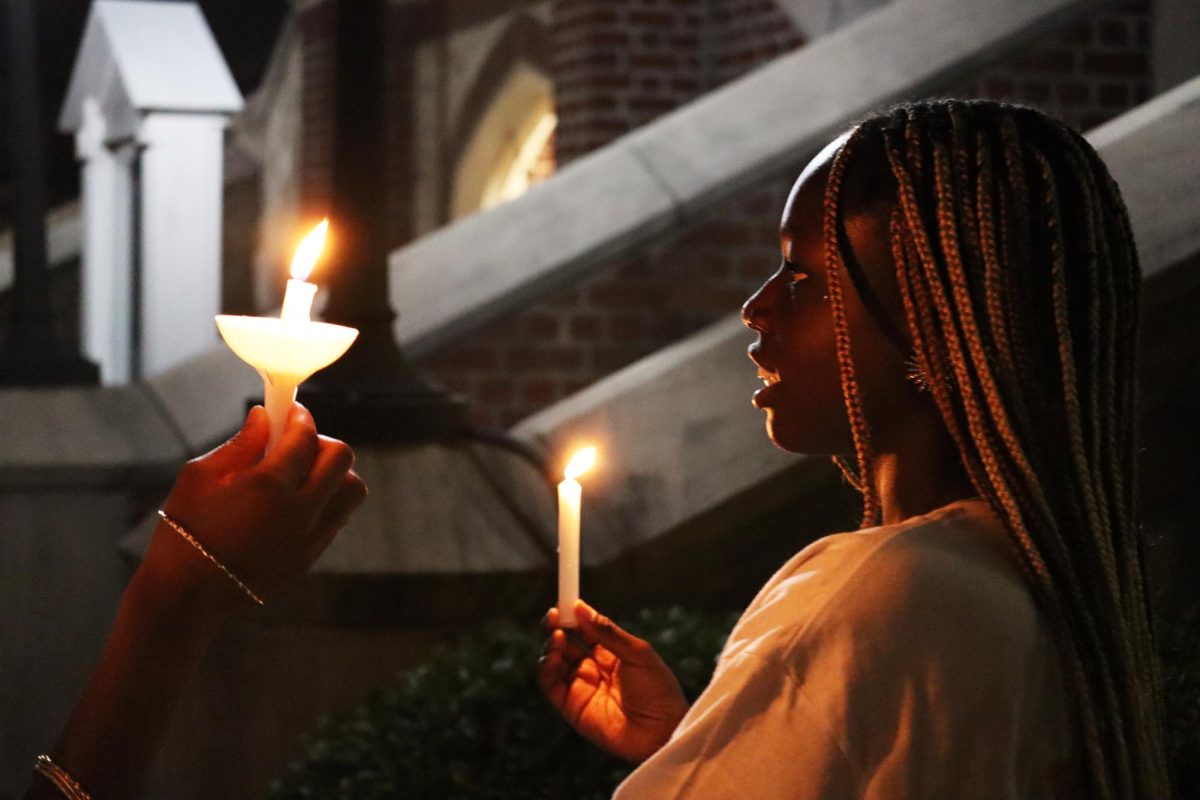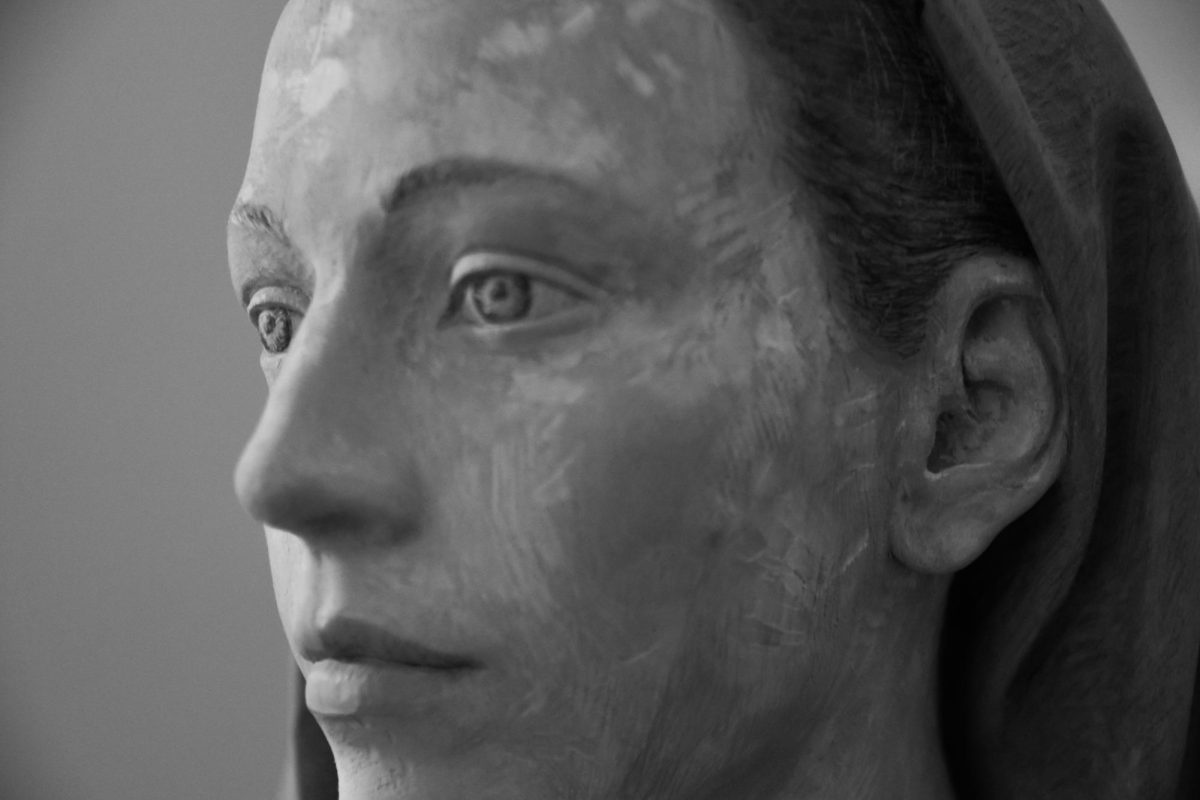Now that Mardi Gras season is over, perhaps you may be like us, wishing that we are still on break. At the same time, we are optimistic because we are going into the Lenten season. Whether you are religious or not, Lent is a time in which one can reflect upon their actions and values, and recommit themselves for self-fulfillment or for the greater glory of God.
To exemplify the meaningful time of Lent, Italians in the New Orleans metro area celebrate St. Joseph’s Day on March 19. Altars are set up every year for public viewing and admission is free.
This tradition started centuries ago, when the Italians in Sicily suffered through a famine and prayed for St. Joseph to intervene. Fortunately, they were able to survive on the fava bean, and once the crops grew again, altars were set up with food in appreciation for St. Joseph’s aid.
In the 1800s, Italians began to immigrate to the New Orleans area, bringing the St. Joseph’s day tradition here. The traditional St. Joseph altars were held in personal homes (and still are today), but as time progressed, churches and organizations have been making the altars more elaborate and on the commercial scale.
Modern-day St. Joseph altars can be found at the St. Joseph Church in Gretna, St. Cletus Church, and at the Italian American Society of Jefferson building, all of which can be found on the West Bank. St. Joseph’s Church in Gretna has the most elaborate altar and food, with many beautiful cakes shaped in symbols of St. Joseph. St. Cletus Church in Gretna is more community-oriented, as they host many foods in memoriam of parishioners on their altars. This church has the most decorative breads, also shaped in many St. Joseph symbols.
The most traditional altar, however, is the Italian American Society of Jefferson’s display. We say they are the best because their mission is to provide the most authentic altar to the public, while passing the tradition on to Italian descendants.
There is an altar in the shape of a cross, with a large St. Joseph statue in the back. The altar is filled to the brim with cakes, cookies and other foods that symbolize characteristics of St. Joseph, as well as traditions from Sicily.
Also, free food in the form of a traditional St. Joseph’s meal is given out. The meal consists of pasta Milanese (spaghetti with meatless marinara sauce), fried fish (usually catfish), bread, and any other traditional vegetables, such as artichokes or green beans. Colorful cookies are also given out, including delicious fig, sesame and biscotti cookies.
Fava beans are also offered as “lucky” tokens to carry around. For example, they may be held in your wallet for wealth, or in your car for safety. This Italian tradition is also unique in New Orleans, combining a Creole sense of voodoo, or “luckiness,” attached to an important symbol of the struggle through the famine long ago. There is even an account of one man being saved from a shooting when a fava bean was kept in his pocket!
So, in our opinion, you should make an effort to pay a respectful visit to a great historical tradition that has been in the city for years, because there is nothing else like it.
Shelly Wu is a biology sophomore.
She can be reached at
Hilary Landry is a forensic chemistry sophomore. She can be reached at







